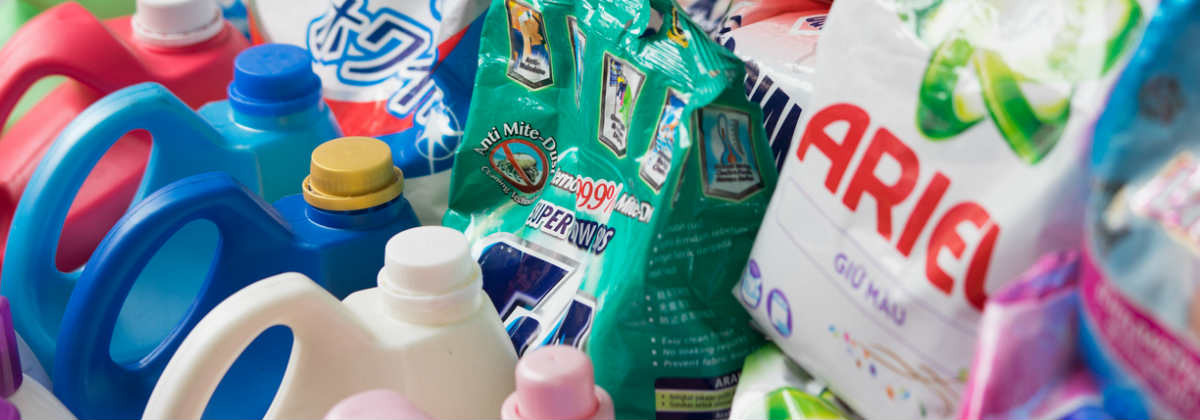
How To Choose The Right Material For Takeaway Boxes: Cardboard, Plastic, Or Compostable Options
Struggling to find the perfect takeaway box for your food service business? Whether you’re deciding between cardboard, plastic, or compostable...

Get 20€ off on your first order!
Keeping the workplace clean and safe is important these days, especially in places where people work together or share tools. The right hand sanitiser is very important for keeping germs from spreading and making sure employees are healthy. This guide looks at the different kinds of hand sanitisers that are good for workplaces, with a focus on factors that are important for European factories and offices.
Cleaning surfaces and hands with workplace sanitisers is an important part of keeping shared areas clean. Spreading germs that can make people sick is slowed down by these sanitisers. This can improve staff health and productivity. The Biocidal Products Regulation (BPR) and other European rules say that hand sanitisers for the workplace must be safe to use and kill a variety of germs.
When choosing the best sanitizers for your workplace, consider the following criteria to ensure safety, compliance, and effectiveness:
Multiple sanitisers may be needed in different settings to make sure they are completely clean. These are some popular choices:
European countries have strict rules about how disinfectants and sanitisers can be used. When picking out goods, make sure they meet the following standards:
Putting hand sanitisers in open places isn’t enough to make them work well. It needs training and understanding for employees:
The sanitisers used at work can show how environmentally friendly the company is when they try to be sustainable:
Choosing the finest sanitisers for workplace safety requires knowing the particular requirements of your surroundings and following European regulatory criteria. The best strategy combines staff awareness with regular application with premium products. Workplaces may improve health protection, lower contamination, and create a safer workplace across Europe by carefully selecting sanitisers that satisfy environmental and safety criteria.
Thank you! You've signed up for our newsletter.



















Struggling to find the perfect takeaway box for your food service business? Whether you’re deciding between cardboard, plastic, or compostable...

Choosing the right disposable forks is key to enhancing customer satisfaction, streamlining operations, and supporting sustainability. This guide simplifies your...

Not sure whether liquid or powder dishwasher detergent is right for you? This article will help you decide by comparing...

Struggling to find the perfect takeaway box for your food service business? Whether you’re deciding between cardboard, plastic, or compostable...

Choosing the right disposable forks is key to enhancing customer satisfaction, streamlining operations, and supporting sustainability. This guide simplifies your...

Not sure whether liquid or powder dishwasher detergent is right for you? This article will help you decide by comparing...
Get 20€ off on your first order!
Save 30% by buying directly from brands, and get an extra 10€ off orders over €100
Save 30% by buying directly form brands, and get an extra 10€ off orders over €100